Order: Passeriformes. Family: Sturnidae
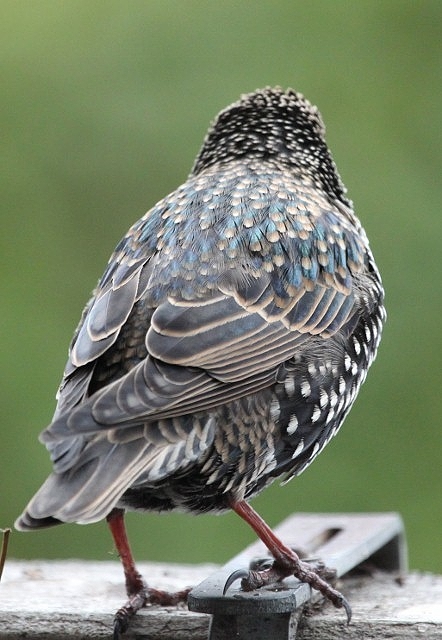
Description
Size 20-22 cm. The plumage is iridescent black, glossed purple or green, and seasonally spangled with white. The underparts of adult male Common Starlings are less spotted than those of adult females at a given time of year. The throat feathers of males are long and loose and are used in display while those of females are smaller and more pointed. The legs are stout and pinkish- or greyish-red. The bill is narrow and conical with a sharp tip; in the winter it is brownish-black but in summer, females have lemon yellow beaks while males have yellow bills with blue-grey bases.
Breeding male is easily identified by its yellow beak and glossy black plumage speckled with white.
Non-breeding male has a dark bill. It has buffy upperparts unlike the iridescent green and purple of its breeding plumage.
Female has a paler abdomen and is more speckled.
Juveniles are grey-brown and by their first winter resemble adults though often retaining some brown juvenile feathering especially on the head. Juvenile resembles female Wattled Starling but is uniform grey, lacks the pale rump, and has a dark bill.
Distribution
Originally from Eurasia, north Africa and Japan, it was introduced to Australia, New Zealand, North America, Argentina and South Africa, and is now considered a serious pest to agriculture in some of these regions. It mainly occurs in the southern half of South Africa.
In South Africa, the Common Starling was introduced in 1897 by Cecil Rhodes. It spread slowly and by 1954 had reached Clanwilliam and Port Elizabeth. It is now common in the southern Cape region, thinning out northwards to the Johannesburg area. It is present in the Western Cape, the Eastern Cape and the Free State provinces of South Africa and lowland Lesotho, with occasional sightings in KwaZulu-Natal, Gauteng and around the town of Oranjemund in Namibia. In Southern Africa populations appear to be resident and the bird is very much associated with man, his habitations and pastures. It favours irrigated land and is absent from regions where the ground is baked so dry that it cannot probe for insects. It may compete with native birds for crevice nesting sites but the indigenous species are probably more disadvantaged by destruction of their natural habitat than they are by inter-specific competition. It breeds from September to December and outside the breeding season may congregate in large flocks, often roosting in reedbeds. It is the most common bird species in urban and agricultural areas.
Habitat
A wide range of habitats, froms cities to open farmland, but always close to human habitations. In South Africa it is always found in settled areas which are usually also irrigated. Since it frequently feeds by probing in the grass mat, lawns and fields provide ideal foraging areas, and it is absent from dry areas with hard substrates.
Diet
It mainly eats arthropods supplemented with fruit, seeds and nectar, doing most of its foraging on the ground, plucking food items up or probing the soil for underground prey.
Breeding
The nest is mainly built by the female, consisting of a large structure made of twigs, dry grass, string and other rubbish, lined with finer material such as paper, grass, wool, feathers or hair. It is typically placed in a hole in a building or tree, but it may also put it on the ground or even in an offshore shipwreck. Egg-laying season is from September-December. It lays 2-6 eggs, which are incubated for about 15 days by both sexes, although the female always solely incubates at night. The chicks are brooded by the female and fed by both parents, leaving the nest after about 21 days and becoming independent about 5 days later.
Call
Song includes, mimicry, whistles and chattering. Listen to Bird Call.
Status
Common to abundant introduced resident.



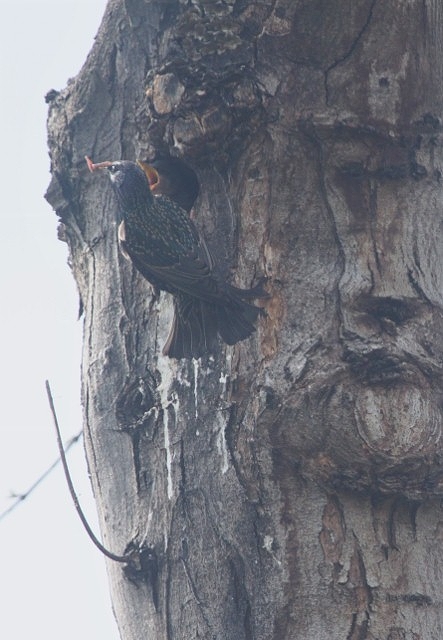
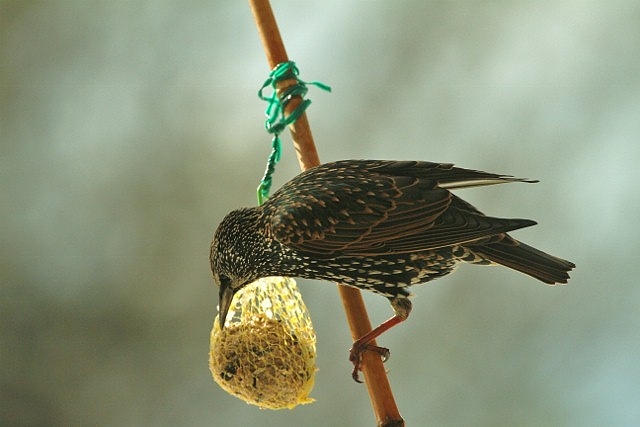
 © harrys
© harrys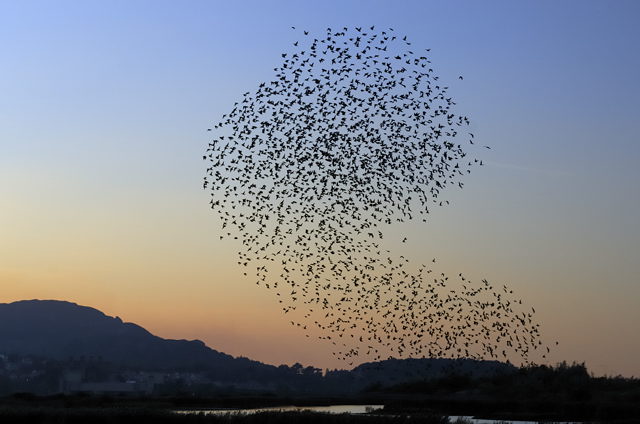 © Dewi
© Dewi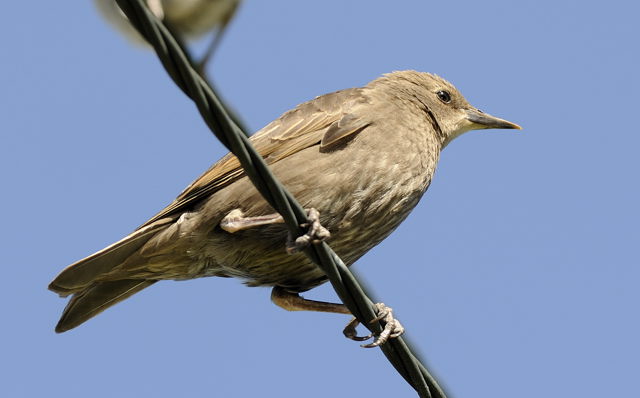 © Dewi
© Dewi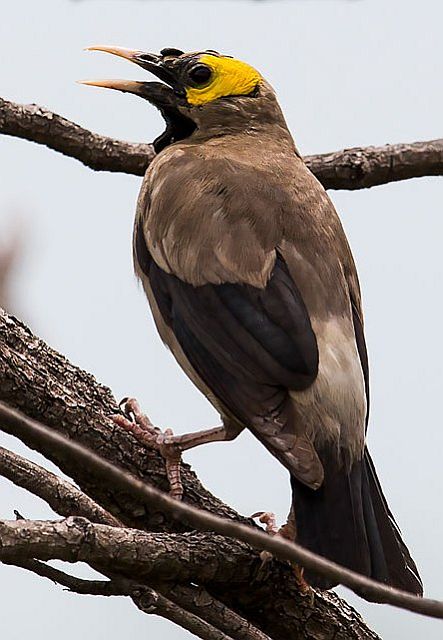 © Pumbaa
© Pumbaa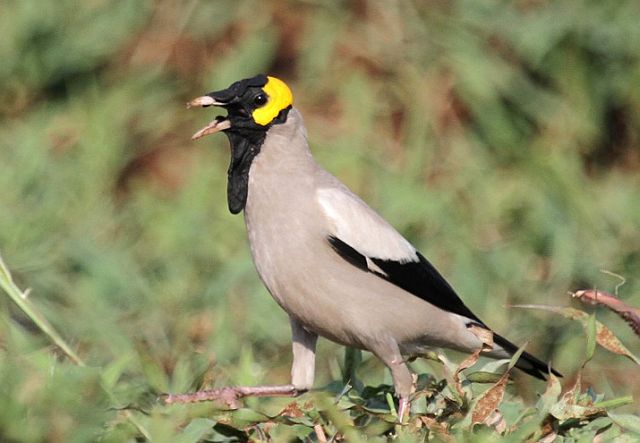 © leachy
© leachy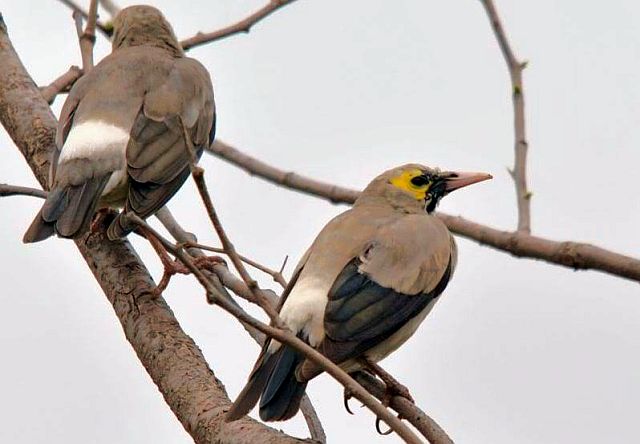 © lowveldboy
© lowveldboy © Dewi
© Dewi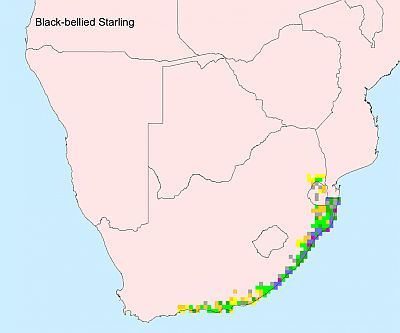
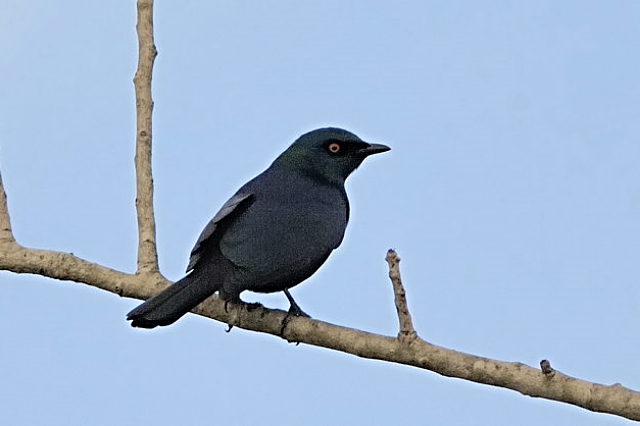 © Dewi
© Dewi © Michele Nel
© Michele Nel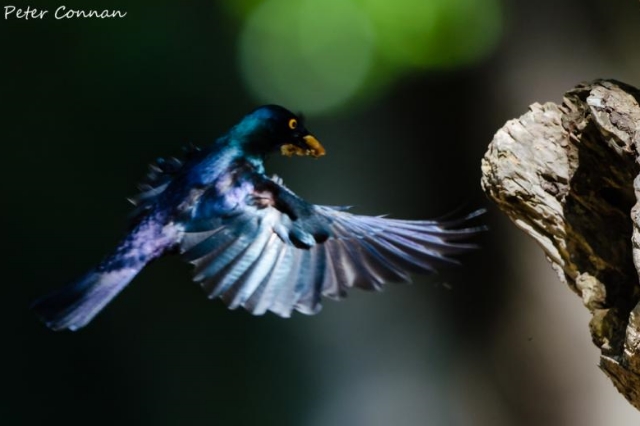 © Peter Connan
© Peter Connan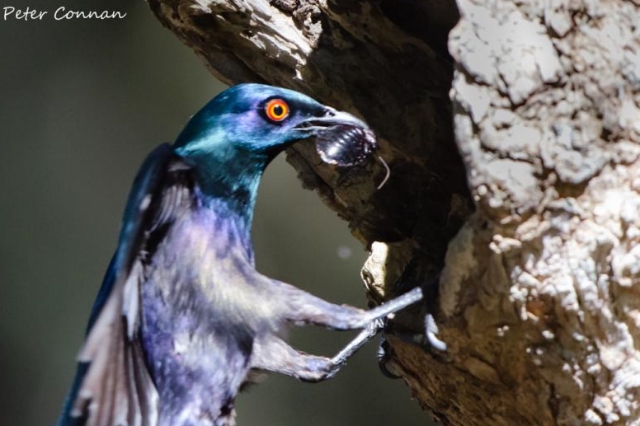 © Peter Connan
© Peter Connan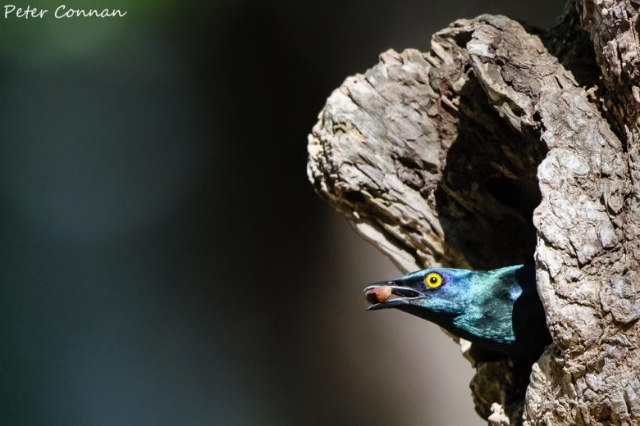 © Peter Connan
© Peter Connan

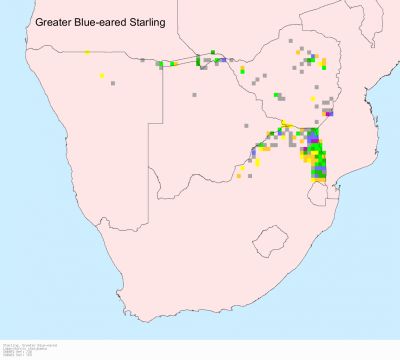
 © BluTuna
© BluTuna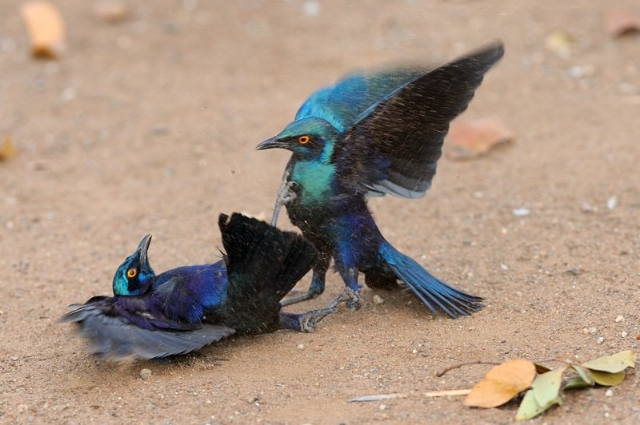 © Dewi
© Dewi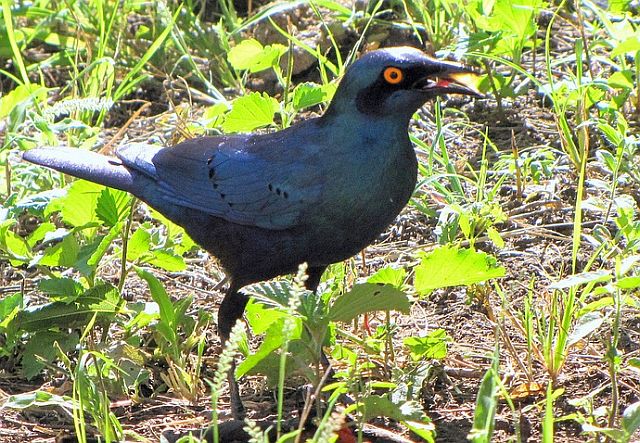 © Lisbeth
© Lisbeth © Amoli
© Amoli © JustN@ture
© JustN@ture